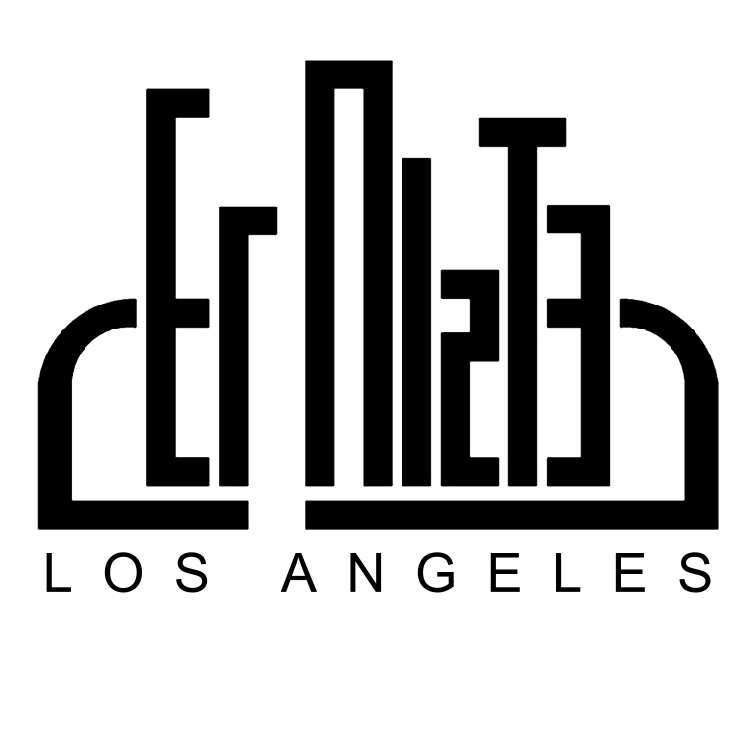Questions — Parshah P’kudei
Chapter 38: 21-31
“These are the records of the Tabernacle…” Who is writing the records? Who is keeping them? Do we have them? Is this what we are reading? If not, what is in them?
Ithamar keeps these records. Is he the first scribe?
What/how much is a talent?
What is the sanctuary weight shekel? Are these units unique? Half shekel = .0.210 ounces/6.029 grams.gold $78.00 silver $6.25
Why do we need to know the value of the assessment and the value of the metals. Why don’t we need to know the value of the other commodities that were required in the building of the Mishkan?
Chapter 39
The stones apparently had names of tribes engraved on them. Why are we not told which tribe corresponds to which stone? 39:14
The pieces of the breastpiece are attached with gold rings. What would they do if these wore out or broke? Gold is a soft metal. What would have happened if they broke while in use? Did they have any replacements for parts? Did Bezalel and Oholiab have successors just as Aaron did?
Why was the breastpiece not affixed to the ephod? Instead it needs to be held together with the blue woven work? Is there something symbolic in this?
The opening of the robe is made with reinforcement. This would make it unadjustable? Was the robe custom made for a specific priest or High Priest?
Why is blue the color of attaching?
Moses blesses all the workers when they bring the finished work to him. Was this a spontaneous gesture of Moses? Had Moses set himself apart as they worked or did he come by to inspect their progress? Did he trust them to follow his instructions enough so that that was unnecessary? If their work was not good enough would he have said something?
Chapter 40
The day that the work was completed is not named. God tells Moses to set up the Mishkan of the First day of the First month. Was there a time when all of the piece of the Mishkan just sat waiting for the time when they would be assembled unused? If so, where were they kept and how were they guarded?
Why are the contents of the Mishkan assembled in order from most holy to least holy? Holy of Holies to outer court.
Is Moses the one who anoints the objects before Aaron and his sons are anointed? This seems to be the case. Why then would it not be stated outright?
Why are Aaron and their sons dressed in the tunics before being anointed?
In the order in which the Mishkan is assembled it is unclear whether the Mishkan was covered before the objects where places in it. It seems like there may be two stories here? Why would that be? In the first story “You” are to palace the objects. Moses? The people? The craftspeople? In the second story it is clearly stated to be Moses doing these action apparently by himself.
40:31. Why does it need to be mentioned that the laver and the washing stand is where Moses and Aaron would later wash their hands? Isn’t that obvious?
When Moses finished the work the Presence of the Lord fills the Tabernacle? All of it? If the people could not enter when the Presences was in the Tabernacle when did the anointing take place. Did it happen before then?
